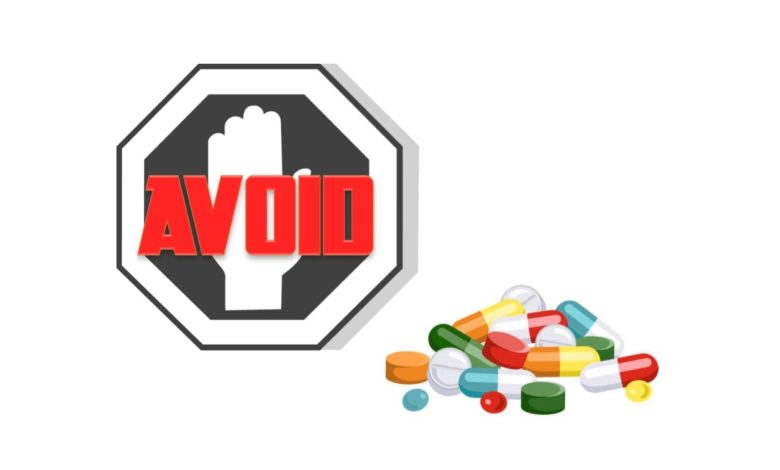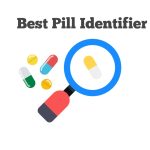10 Common Mistakes To Avoid When Using Pill Identifiers

Pill identifiers are tools or resources, often available online or through mobile apps, that help individuals and healthcare professionals identify and obtain information about specific medications based on their physical characteristics. These characteristics typically include the color, shape, size, and any imprints or markings on the pill. Pill identifiers are useful for several purposes:
1. Identification: Pill identifiers can be used to determine the identity of a medication when the pill’s packaging or label is missing, damaged, or unclear. They help ensure that you are taking the correct medication.
2. Safety: Accurate identification of medications is crucial for patient safety. It helps prevent medication errors and confusion, which can have serious health consequences.
3. Information: Pill identifiers often provide additional information about the medication, such as its brand name, generic name, dosage strength, manufacturer, and sometimes even images of the pill. This information can be valuable for patients and healthcare providers.
4. Medication Management: For individuals who take multiple medications, pill identifiers can be helpful in organizing and managing their medication regimen. Knowing the identity of each pill aids in following prescribed medication schedules.
5. Drug Interactions: Some pill identifier tools may also provide information on potential drug interactions or precautions associated with a specific medication, helping individuals and healthcare providers make informed decisions.
6. Emergency Situations: In case of an emergency, having a way to quickly identify medications can be vital for healthcare professionals providing care to a patient who is unable to communicate or provide a list of their medications.
Pill identifiers are often available through websites, mobile apps, or databases maintained by healthcare organizations, pharmacies, and drug manufacturers. Some of these tools allow users to input the physical characteristics of a pill, such as its color and shape, and then provide a list of possible matches from their database.
Whether you’ve found an unidentified pill in your medicine cabinet or you want to double-check the medication you’re taking, pill identifiers can provide valuable information. However, using them correctly is crucial to ensure accuracy and safety. Here are ten common mistakes you should avoid when using pill identifiers:
1. Not Consulting a Healthcare Professional First: While pill identifiers are useful, they should not replace professional medical advice. If you have concerns or doubts about a medication, consult your healthcare provider or pharmacist before using a pill identifier. They can provide expert guidance and ensure your safety.
2. Relying Solely on Visual Identification: Pill identifiers often require you to input information like the pill’s color, shape, and markings. However, relying solely on visual identification can be risky, as some medications may look similar but have different ingredients. Always cross-check your findings with other available information.
3. Using Outdated or Unreliable Sources: Ensure that you’re using reputable and up-to-date pill identifier tools, websites, or apps. Avoid relying on user-generated content or outdated databases, as they may not provide accurate information.
4. Not Having the Pill on Hand: Attempting to identify a medication without having the actual pill in front of you can lead to errors. Always use the pill identifier while looking at the physical pill to provide accurate information.
5. Ignoring Safety Features: Many medications have safety features, such as imprints or scoring, to help verify their authenticity. Pay attention to these features, as they can be essential in confirming the pill’s identity.
6. Assuming All Pills Have the Same Appearance: Some medications may come in various strengths or formulations, leading to different appearances of the same drug. Don’t assume that all pills of the same medication will look identical; they may vary based on dosage.
7. Not Reading the Pill Identifier’s Instructions: Each pill identifier tool may have slightly different procedures for inputting information. Before using one, carefully read the instructions or guidelines to ensure you’re using it correctly.
8. Misinterpreting Results: Pill identifiers may provide a list of potential matches based on your input. Be cautious when interpreting results and compare them to the actual pill to confirm accuracy.
9. Neglecting to Consider Packaging: Sometimes, the packaging or container can offer vital information about the medication, including its name, dosage, and manufacturer. Don’t overlook these details, as they can assist in pill identification.
10. Failing to Seek Professional Help for Unclear Cases: If you’re unable to confidently identify a pill using a pill identifier, or if there’s any doubt about its identity, consult a healthcare professional. It’s better to be safe and get expert advice in such cases.
In conclusion, pill identifiers can be valuable tools for verifying and understanding your medications. However, they should complement, not replace, the guidance of healthcare professionals. Always exercise caution, double-check your findings, and prioritize your safety when using pill identifiers. When in doubt, consult with a healthcare provider or pharmacist to ensure you’re taking the right medication as prescribed.





